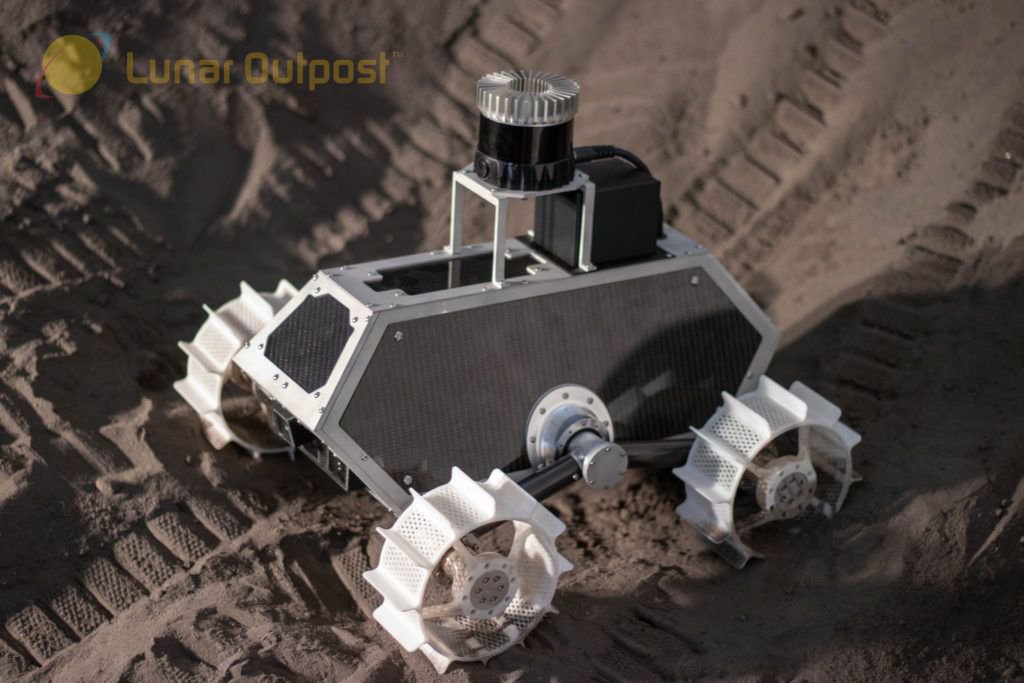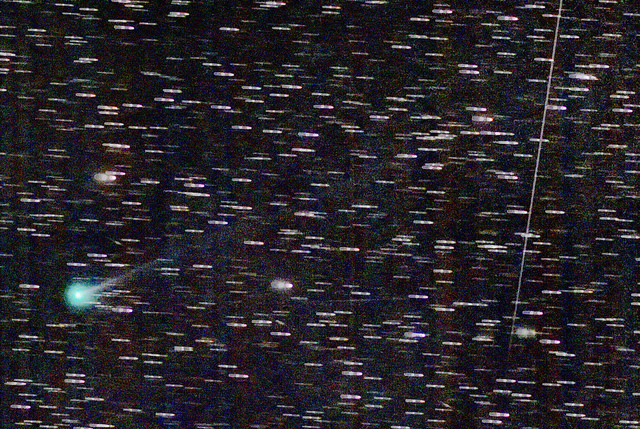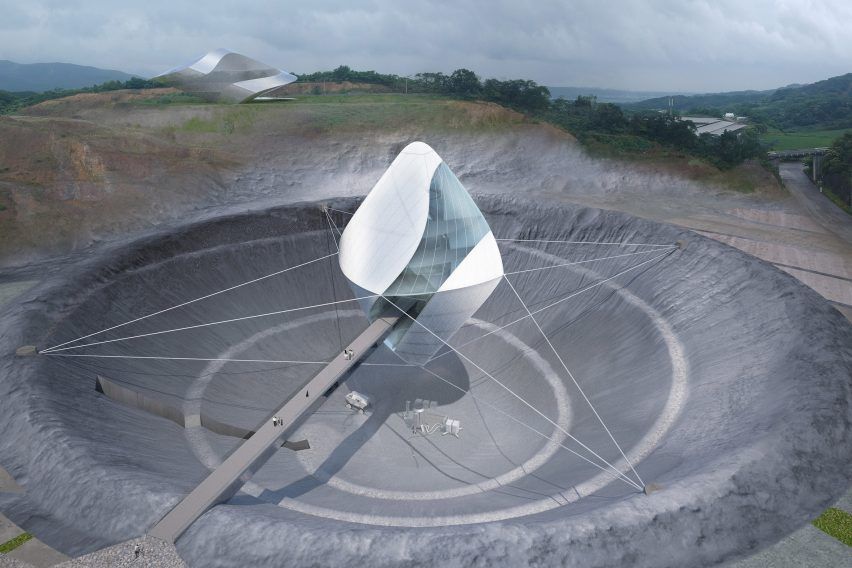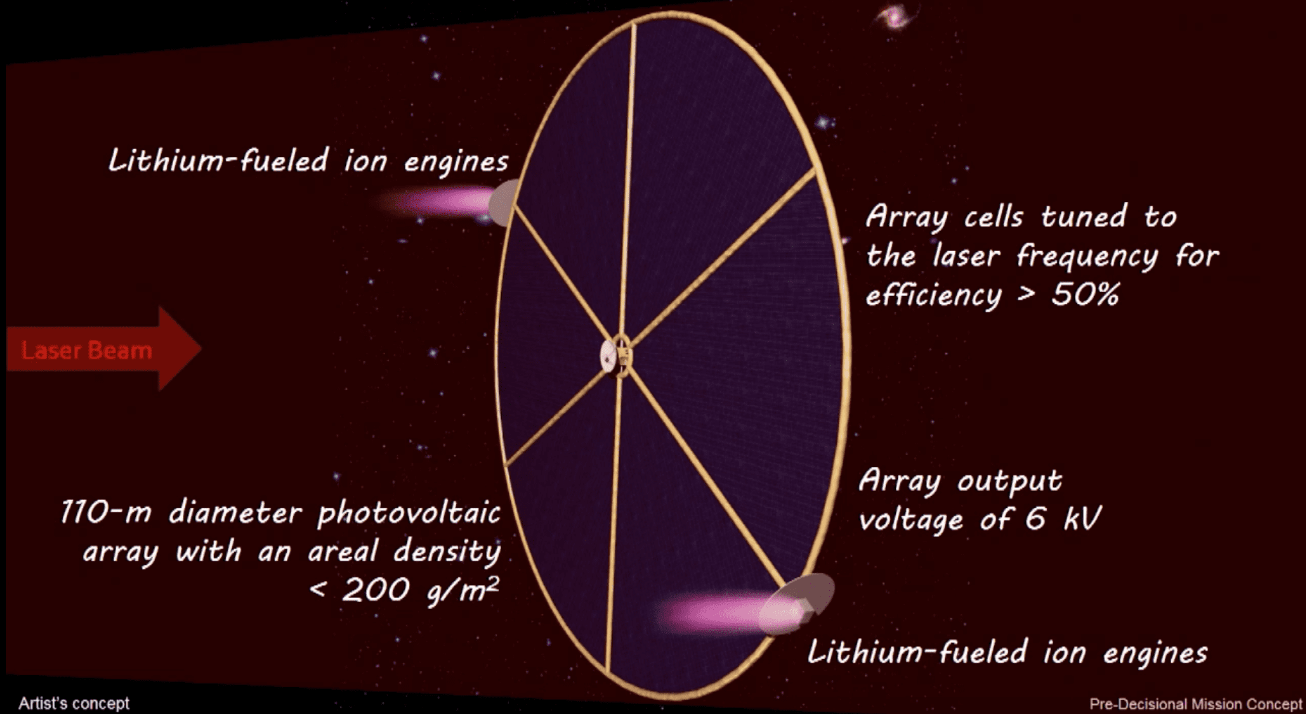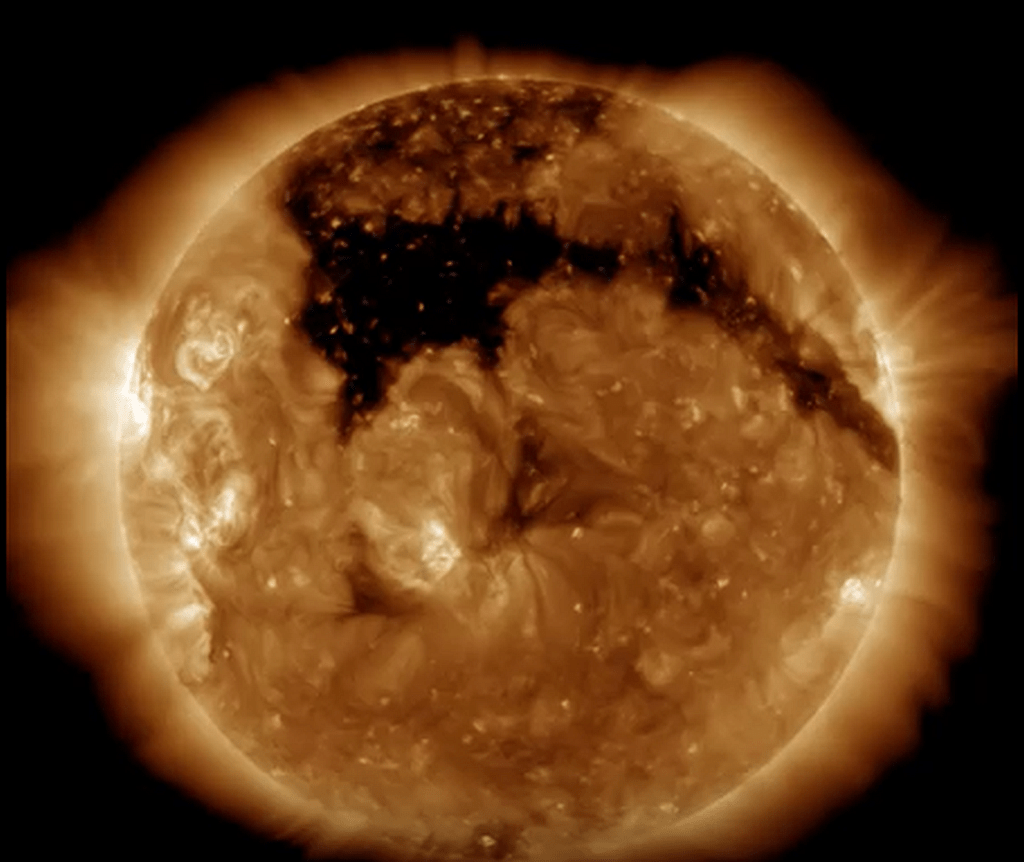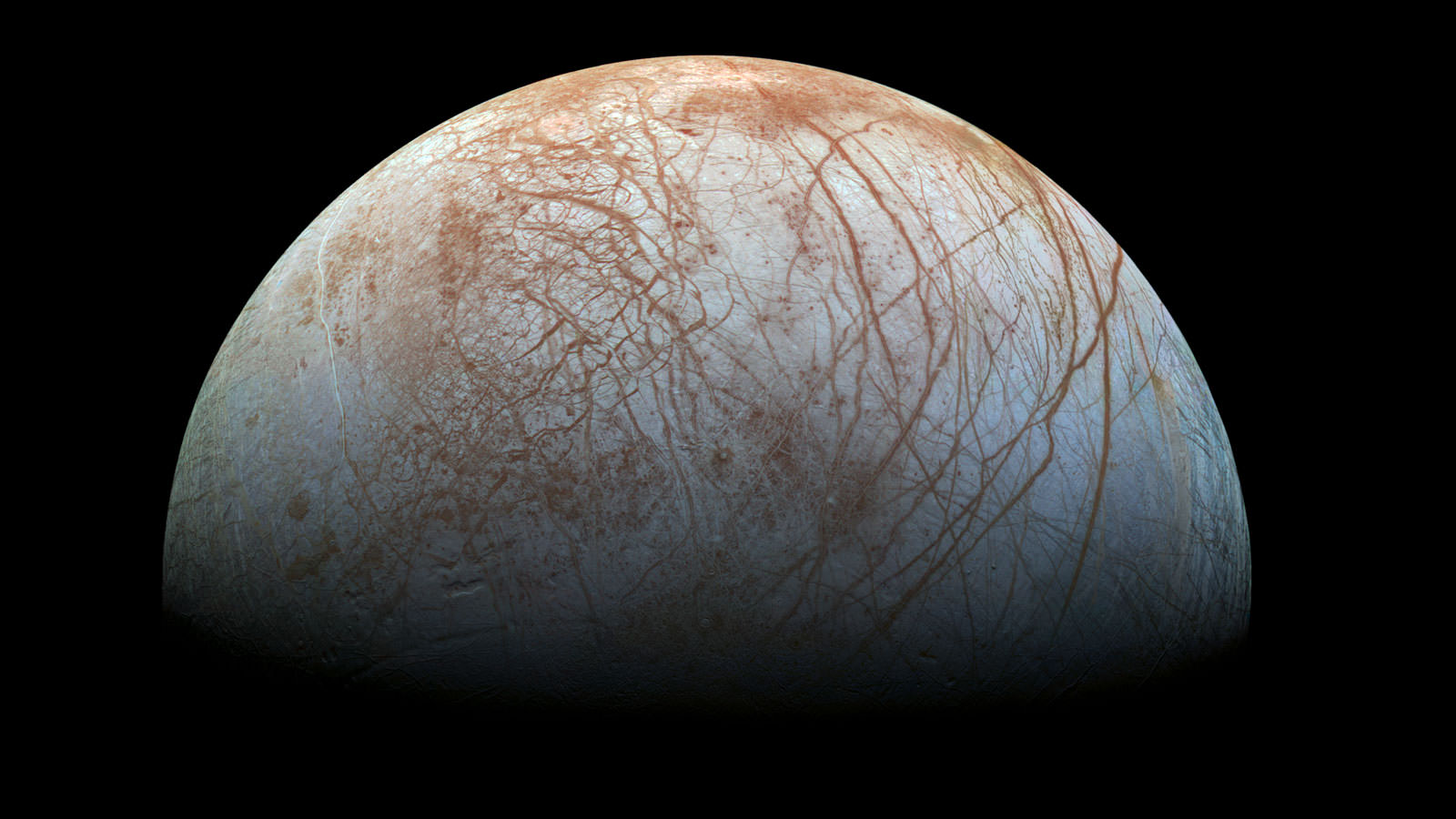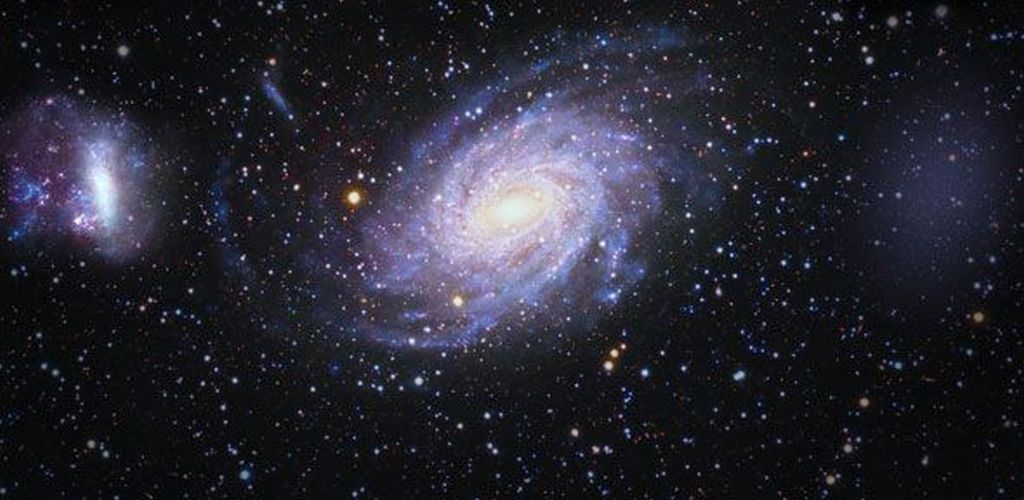Space technology company Lunar Outpost has unveiled their new Lunar Prospector rover that will explore the surface of the Moon to search for and map resources. The Lunar Prospector is designed to drill for and analyze sub-surface samples. The first of the smallish robots was recently demonstrated on simulated Lunar regolith at the Colorado School of Mines.
Continue reading “Lunar Outpost Shows off their New Rover that will Crawl the Moon, Searching for Resources”
Lunar Outpost Shows off their New Rover that will Crawl the Moon, Searching for Resources
